
 MICC cables put to the test for resistance to fire
MICC cables put to the test for resistance to fire
A new draft British Standard has recently been published which is likely to have a significant impact on the type of cables used and specified for fire alarm systems in many types of buildings.
The new draft standard is BS5839-1:2001, and it represents the culmination of a debate within the industry of the relative merits of MICC (mineral insulated copper conductors) and so-called soft skin cables.
MICC cables use solid copper conductors, compacted magnesium oxide for the insulant and a solid copper sheath to provide mechanical protection for the cable and earth continuity.
Soft skin cables typically use copper conductors, silicone rubber insulation and a PVC/aluminium tape composite sheath.
In the first BS standard (circa 1951) concerned with fire alarms, the only cables recommended were MICC types. BS 5839 (circa 1980) covering Fire Detection and Alarm Systems in Buildings introduced the concept of cables capable of operating during a fire. It also suggested that 30 minutes duration would be sufficient for most installations, except in high-rise buildings.
Subsequently, a new standard, BS 6387 (first issued in 1983 and reviewed and reissued in 1994) was introduced with the title Fire Performance of Cables required to Maintain Circuit Integrity under Fire Conditions. The standard specified three tests, designed to simulate the damage that cables could suffer in a real fire situation.
A related standard is BS 7629 which specifies constructional and performance requirements, and methods of test, for thermosetting cables with limited circuit integrity when affected by fire.
The performance tests in BS 6387 expose the cable to fire, fire with water and fire with mechanical shock. To achieve the highest performance - a CWZ rating - a cable must pass all three tests. However, this could be achieved by the simple expedient of using a new piece of cable for each test.
By the late 1990s, this standard was the subject of criticism from a number of fire safety experts.
Keith Elves, principal engineer of Westminster District Surveyor's Service in London said that substitution of new cable samples ''makes little sense as it removes the fail criteria element which would prove performance in an actual fire. It appears, therefore that the concern which has been generally expressed about the misleading title of the standard - which suggests that the cable will remain operational when subjected to fire - is quite justified''.
Frederick Tingle, an eminent fire safety consultant, was quoted as saying the BS 6387 is ''a test designed to pass the products, not a test that products have to pass''.
It was also clear from this debate that only MICC cables could successfully pass all three stages of the test, using just the one piece of cable.
The key feature of the new draft BS 5839-1:2001 is that it now categorises fire survival cables into 'standard' and 'enhanced'. For the former read soft skin and for the latter MICC cables. The significance of this categorisation is that only 'enhanced' cables can be used for low-voltage mains supply to fire alarm systems, and critical signal paths, in the following situations:
Critical signal paths are defined as all components and interconnections between every fire alarm initiation point (manual call point or automatic fire detector) and the input terminals on, or within, each fire alarm sounder.
The rationale behind the drafting of the new standard is a recognition that with respect to BS 6387:1994 the temperatures, durations and methodology of the tests are inappropriate.
However the commentary on 'standard' and 'enhanced'' can be presented by proponents of both soft skin and MICC cables as representing their cause. In two adjacent paragraphs it reads:
"'Standard' fire performance cables have been commonly used for many years for circuits in fire alarm systems that must operate for a prolonged period during a fire, without any evidence from real fires that satisfaction of the objectives of a fire alarm system necessitates a higher performance.
" 'Enhanced' performance cables (should be used) in situations in which it is considered that the highest level of fire resistance achievable, with cables that are, currently, readily available, is desired. (They are) recommended for systems in which cables may need to operate correctly during a fire for periods well in excess of those normally required for a single phase evacuation of a building.''
The supporters of soft skin cables have tended to argue that there is no evidence available from the performance of such cables, in real fires, that safety has even been compromised. However, Tingle has previously rejected this view with the comment: ''I do not go along totally with the statistics that say it has never happened before, so there is no possibility of it happening in the future.''
'Enhanced' cables are specified for critical signal paths and mains supply to the system because:-
In order to meet the performance requirements of 'standard' and 'enhanced' cables, the new standard requires cables to maintain circuit integrity in accordance with the methods specified in BS EN 50200, when exposed to the following tests:
'Standard' Category
And
'Enhanced' Category
The new standard makes reference to cable systems which it defines as comprising the cables, the means by which the cables are secured and the means by which cables are jointed.
Additionally, it says, perhaps unsurprisingly, that cable systems should adequately resist the effects of fire. However, it adds in a subsequent note that at the time of drafting this standard, no definitive guidance can be given on the means for ensuring that the entire cable system, as opposed to the cable itself, can provide adequate resistance to the effects of fire.
Some critics who challenge the view that MICC cables offer superior performance - particularly soft skin cable manufacturers - argue that the weakness of MICC systems is the terminations, because they do not perform to the same level as the cable. However, at least one of the major MICC cable manufacturers can offer an alternative high temperature seal, as used, for instance, by LUL (London Underground Ltd).
In the commentary on Cables, Wiring and other Interconnections, the standard alludes to the desirability that fire alarm systems should fail safe, that is, any cable failure due to fire damage should cause other equipment to change state to that appropriate to the fire condition.
One of the features of MICC cable is that when exposed to fire, the two elements that make up its construction do not burn or change their composition. In the case of soft skin cables, made from organic materials, this is clearly not the case.
The significance of this is that during the degradation process, the electrical characteristics of soft skin cables are substantially changed.
This may not matter if the cable is being used to operate a simple alarm bell. But modern fire alarm systems require cables that are data highways and there is some evidence to suggest, for example, that with a typical design of analogue addressable alarm system, when the loop cable insulation resistance falls to lower than 85 ohms, but stays above 40 ohms, (a partial short circuit), the system could generate signals/information that are wholly misleading.
Since the advent of BS 7629/BS 6387, a number of different proprietary designs of soft skin cable have been introduced by the leading cable manufacturers.
Over the last 10 to 15 years, the construction industry has accepted soft skin cables as a suitable alternative to MICC cables because they met the requirements of the relevant BS. For the contractor and the client, there was the added incentive that the unit cost of the cable was lower than the equivalent MICC cable, although the price advantage is alleged to be minimal, when overall installed cost is measured.
A cost comparison carried out in the UK suggests the difference in cost between an MICC and a soft skin cable installation is marginal, when full compliance with BS 7671 (Wiring Regulations Chapter 32 and Appendix 5) is taken into account. Whilst soft skin cable and accessories are cheaper, when the extra material required to meet BS 7671 is added, the costs for the two cable systems were effectively shown to be equal.
Standard soft skin cables are required to be provided with additional mechanical protection when installed at a height of less than 2.25 m from the ground and in any other situation where the cable could be subject to mechanical damage due to impact, vandalism or rodent attack.
Additionally, they should be fixed in position with metal clips, typically at spacings of 250 mm. Because MICC cables are inherently more rigid, the latter require approximately 40 per cent less fixings than soft skin cables.
Nevertheless, it is estimated that MICC's share of the market for fire safety circuits during the last 15 years has declined from a dominant position to just 20 per cent of the available business.
This situation looks set to be reversed.
However, the new standard does assert that, for most systems, 'standard' fire-resisting cables should be considered to provide sufficient resistance to the effects of fire, providing their methods of support and jointing are appropriate.
The use of the word most would seem questionable, when the list of recommended applications for 'enhanced' cables seems so wide-ranging.
Fire safety engineering design responsibility rests with the designer for the life of the building.
When the usage of a building can change a number of times during its life, there is an obvious attraction in adopting a higher specification design from the outset, to provide built-in flexibility.






.jpg)
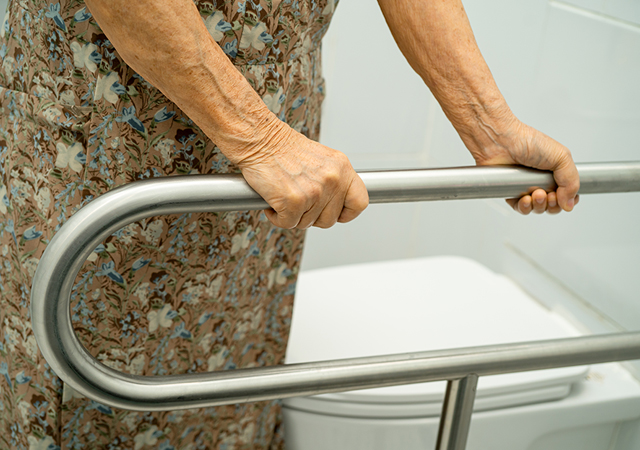

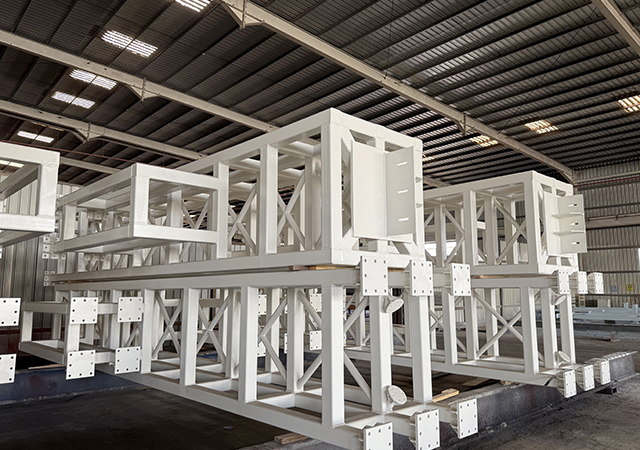






.jpg)


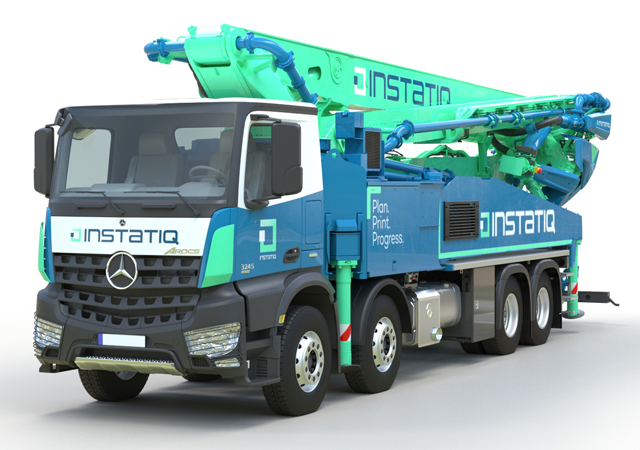


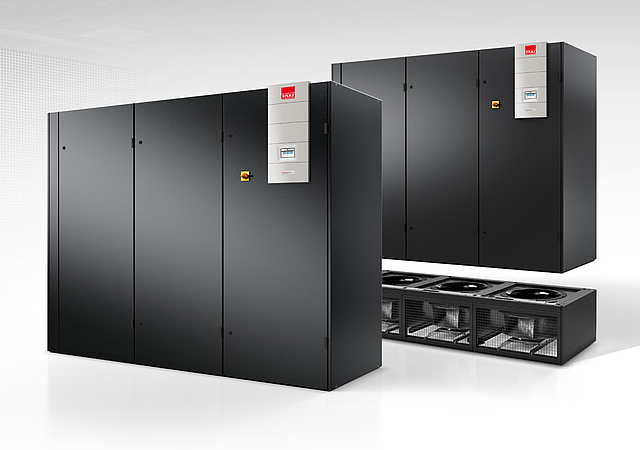
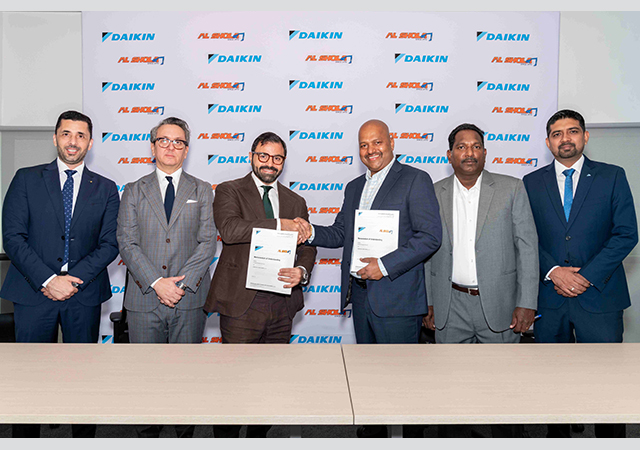

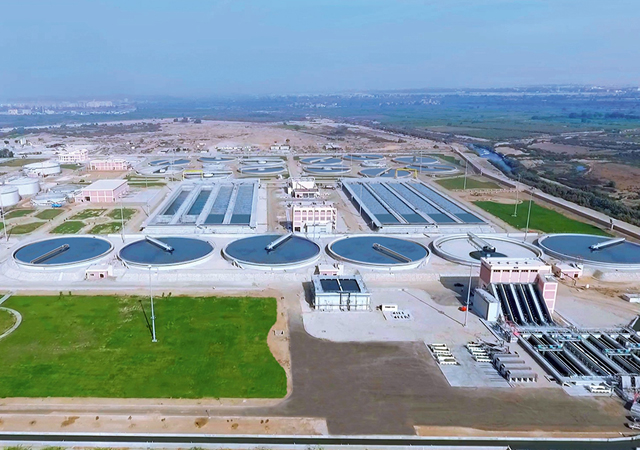





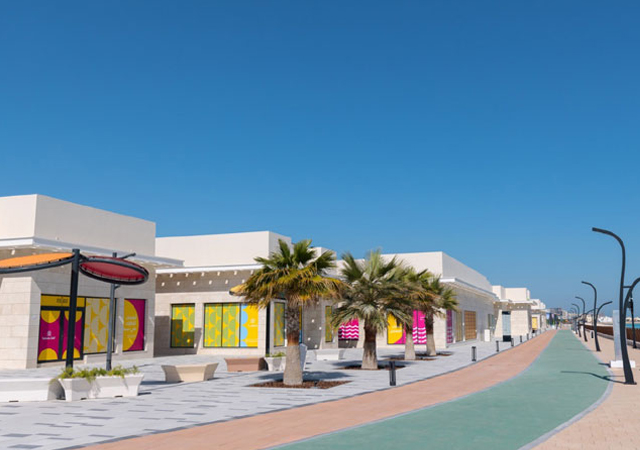
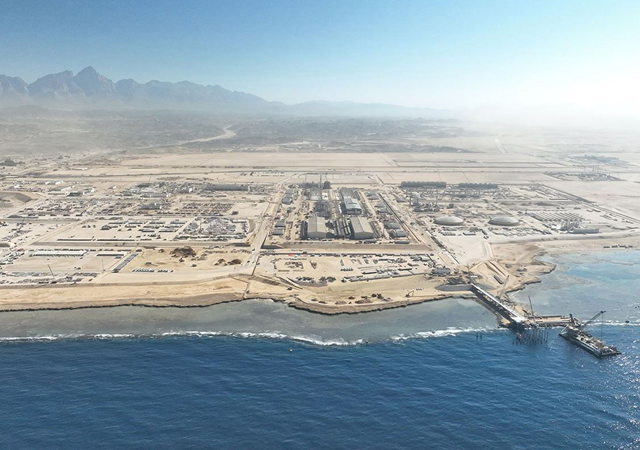
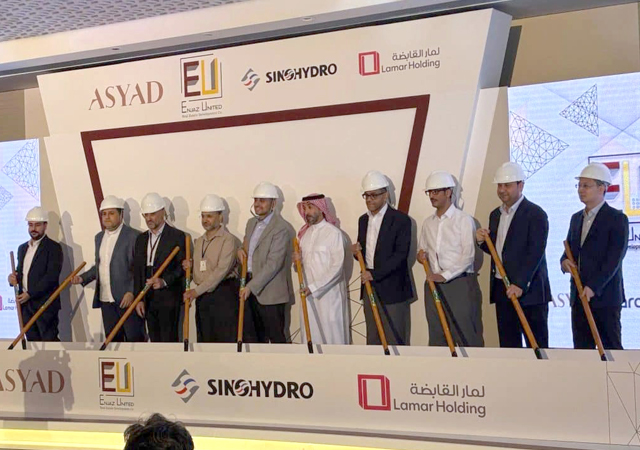



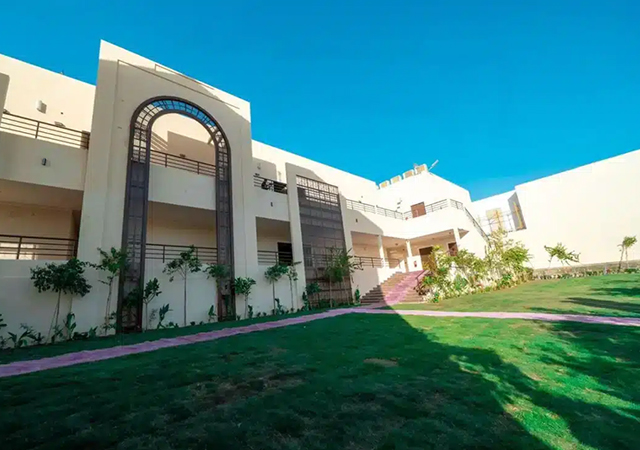















.jpg)



